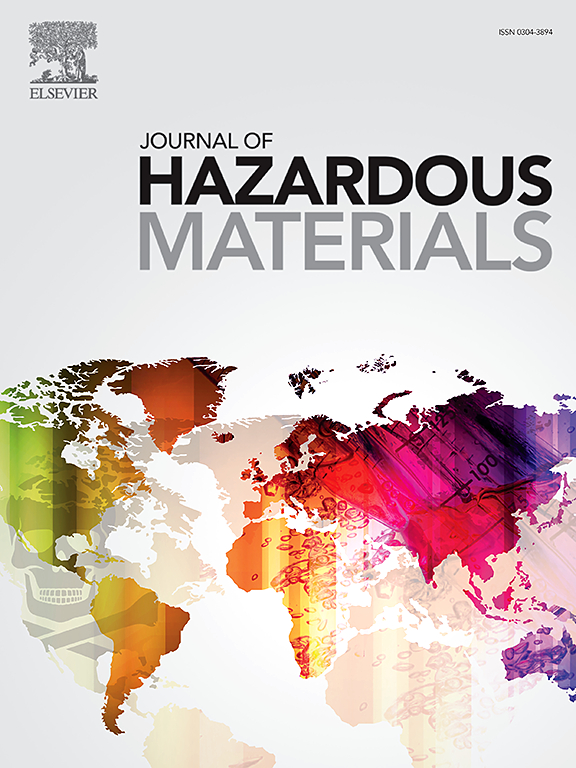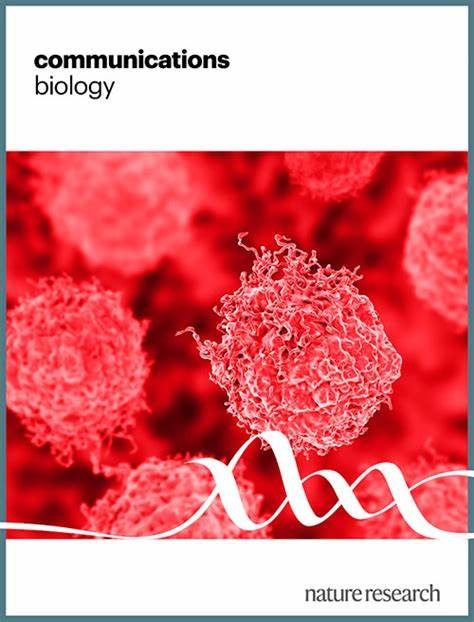Please find all scientific publications of IGB under > scientific publications
For more detailed information please refer to our > library catalogue
331 - 340 of 739 items

July 2024
Journal of Hazardous Materials. - 472(2024), Art. 134574
Decoding the molecular concerto: Toxicotranscriptomic evaluation of microplastic and nanoplastic impacts on aquatic organisms
Syed Shabi Ul Hassan Kazmi; Muhammad Tayyab; Paolo Pastorino; Damià Barcelò; Zaher Mundher Yaseen; Hans-Peter Grossart; Zulqarnain Haider Khan; Gang Li

July 2024
NanoImpact. - 35(2024), Art. 100514
Analytical methods for quantifying PS and PVC Nanoplastic attachment to activated sludge Bacteria and their impact on community structure
Fazel Abdolahpur Monikh; Nhung H.A. Nguyen; Mandar Bandekar; Jakub Riha; Sara Bogialli; Paolo Pastore; Hans-Peter Grossart; Alena Sevcu

July 2024
Environmental Research. - 252(2024)4, Art. 119126
Metabarcoding reveals potentially mixotrophic flagellates and picophytoplankton as key groups of phytoplankton in the Elbe estuary
Nele Martens; Vanessa Russnak; Jason Woodhouse; Hans-Peter Grossart; C.-Elisa Schaum

June 2024
Water. - 16(2023)13, Art. 1872
Modelling Current-State N- and P-Fluxes into Surface Waters in Germany
Björn Tetzlaff; Ralf Kunkel; Max Eysholdt; Hong Hanh Nguyen; Markus Venohr; Tim Wolters; Maximilian Zinnbauer; Frank Wendland

June 2024
Endangered Species Research. - 54(2024), 239-244
First record of a Critically Endangered species, European sturgeon, in the stomach of harbor porpoises from the North Sea
Eileen Heße; Jörn Gessner; Ursula Siebert; Anita Gilles
June 2024
Philosophical Transactions of the Royal Society of London : Ser. B, Biological Sciences. - 379(2024)1907, Art. 20230129
Dispersal evolution alters evolutionmediated priority effects in a metacommunity
Maxime Fajgenblat; Luc De Meester; Mark C. Urban
June 2024
Communications Biology. - 7(2024), Art. 671
Reducing the fatal attraction of nocturnal insects using tailored and shielded road lights
Manuel Dietenberger; Andreas Jechow; Gregor Kalinkat; Sibylle Schroer; Birte Saathoff; Franz Hölker
In a transdisciplinary study, a research team led by IGB has developed insect-friendly street lighting and tested it in the Dark Sky Reserve Westhavelland as well as in three German municipalities. Tailored and shielded street lamps make the light source almost invisible outside the illuminated area and significantly reduces the lethal attraction for flying insects in different environments.

June 2024
Ecology of Freshwater Fish. - 34(2024)1, Art. e12806
Fish assemblages on two continents respond to valley- and reach-scale hydrogeomorphic variation: Analyses across three temperate ecoregions
Mark Pyron; Alain Maasri; John Costello; Scott Kenner; Amarbat Otgonganbat; Bud Mendsaikhan; Sudeep Chandra; James H. Thorp; Emily R. Arsenault; Robert Shields; Caleb Artz; Mario Minder

June 2024
Theoretical Ecology. - 17(2024), S. 155–165
Top-down and bottom-up coupling effects of subsidies on recipient ecosystems
Stephen E. Osakpolor; Alessandro Manfrin; Shawn J. Leroux; Ralf B. Schäfer; Anne M. McLeod

June 2024
Communications Earth & Environment. - 5(2024), Art. 315
Geodiversity of a European river network controls algal biodiversity and function
Thomas Fuß; Lukas Thuile Bistarelli; Franziska Walther; Simon Vitecek; Lauren Talluto; Gabriel Singer



